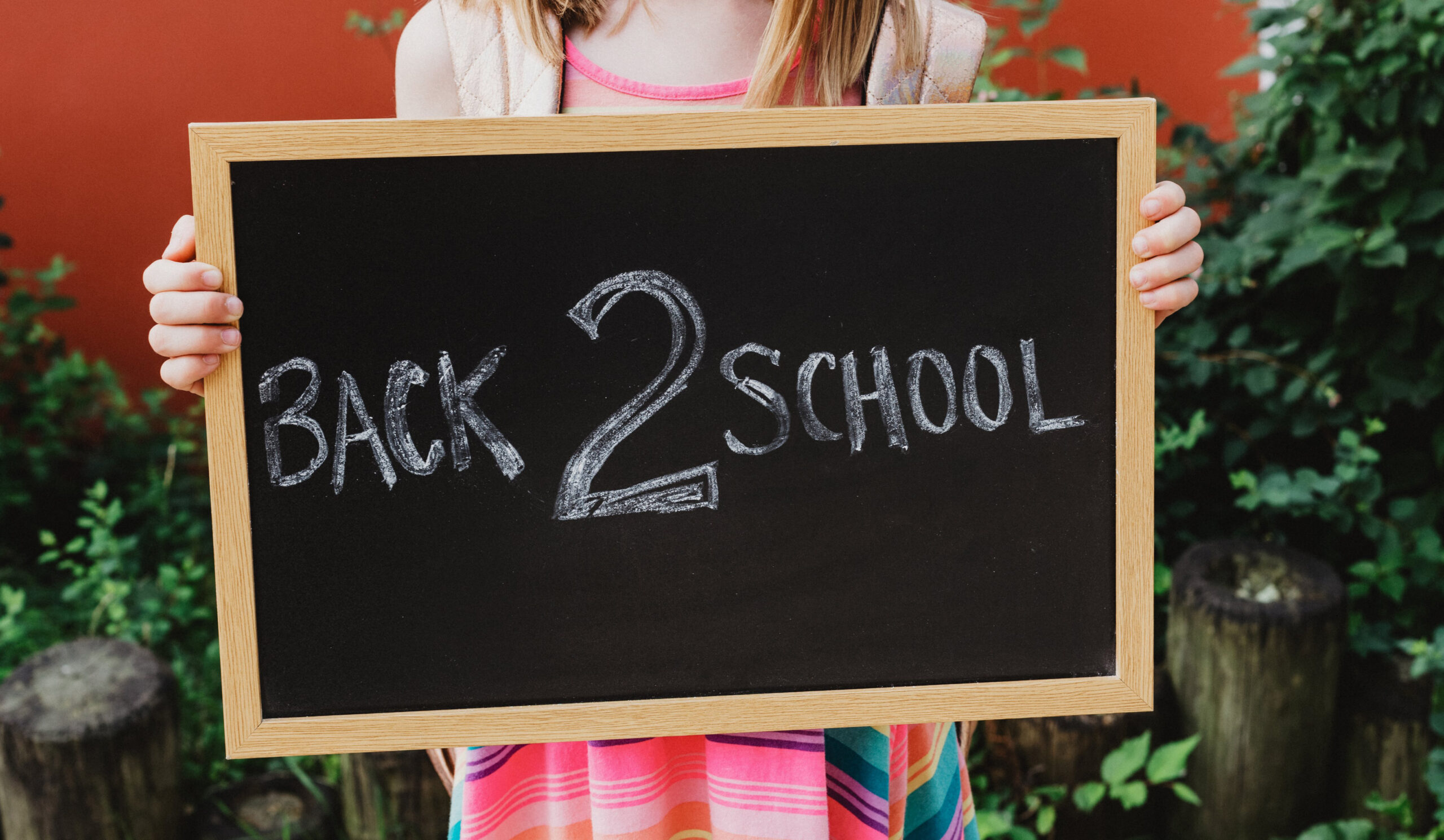You’ve set up your classroom space and spent some time getting to know your students and their families. Now it’s time to shift your focus and invest in developing supportive, collaborative relationships with your colleagues.
English language learners (ELLs) need a diverse language education from a range of practitioners and specialists. A lot of different personalities have to find balance in order to serve students effectively. Whether it be a school with a “push in” K-5 English learner program or a high school with a self-contained English learner ELA class, it takes the work of an entire team to provide equitable education.
We know, as educators, we’re collaborating with people all the time. Although there are different views, skill sets, language skills, and personalities, we have one thing in common: we all care about the success of our students. With that, we need to start the “symphony” for our English language learners on the right note so that all students — and their teachers — can learn in harmony all year long.

What do we mean by the symphony? It’s the group of people who create harmony by providing the set of learning goals for our students with diverse needs. We have different views on how instruction should happen for ELLs, and we all have an idea of what we think is best. The key to providing the best support is for teachers to start the year off in solidarity, with a focus on putting students first.
Setting Our Tone
How do we set the right tone when we start the school year? It’s by really working together to build collaborative relationships to move forward. It’s not about “my kids” or “your kids” but “our kids!” Here are some tips we recommend as the school year gets underway:
- Take time to connect. Make a point to talk to everyone whose classroom you service or who services your classroom. Don’t wait until you have professional learning time. Simply sit down with a cup of coffee and have a one-on-one with your colleague. Taking a few minutes to connect with each other is a great way to accomplish more, since trust and mutual respect are key to collaboration.
- Clarify roles. Listen to people explain their role to you. Explain your role in supporting ELLs to them as well. Lack of clarity about roles can be a major source of confusion. Start the school year by being clear about what you do and asking others to do the same.
- Ask for help. Ask your colleagues what you can do to support them. And likewise, be clear about what you need to do your best work in service of students.
- Keep students at the center. Do what you can to share information that you have about students or instructional practices to help your colleagues. Often times, one teacher may know more about a student’s situation than others, and this information can provide important pieces to the puzzle when getting to know students and planning for instruction.
For more tips on collaborating with and for English language learners, see this blog post on co-teaching and this blog post on ensuring harmony.
Maintaining Our Melody
The work we do in schools can be challenging and messy. You don’t want the harmony you started to become out of tune and off key as the year goes along. You need ways to keep making beautiful music together. But how do you do that?

- Keep the focus on students. ELLs come with unique assets and challenges. Remember that it’s on us to change our practice to support our English learners. By continuing to learn about their backgrounds, their language levels, and their specific learning needs, teachers can work together to make sure that students are in the spotlight.
- Communicate clearly and assume positive intent. Be honest. Be supportive. Be cordial. Tell your colleagues if you have a concern, whether it be an issue about curriculum, pedagogy, classroom culture, or even with your collegial relationships.
- Be consistent. Keep the appointments you make to co-plan and touch base. Try not to cancel unless there’s an emergency.
- Use time efficiently. If you only have fifteen minutes, try to use the time to discuss students, to look at student work, or to plan what’s ahead. Protocols can help us stick to the little time we have for collaboration.
- Respect each other’s expertise. Remember that you and your colleagues are buckets of information that will help your students grow. You each come with your own perspectives and expertise. Be open to and mindful of colleagues’ ideas. You’ll learn something new in the process.
Managing relationships alongside a busy schedule isn’t easy. You and your colleagues have something special in common — you’re champions for children. Start your year off on a good note by developing supportive, collaborative, working relationships.
VIDEO: Sharing Formative Assessment Notes
Here’s an example of a co-teaching team sharing formative assessment notes that may inspire you to develop some smart strategies of your own. Now, go make music!







